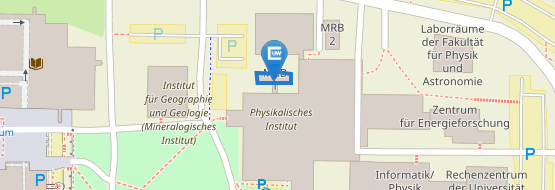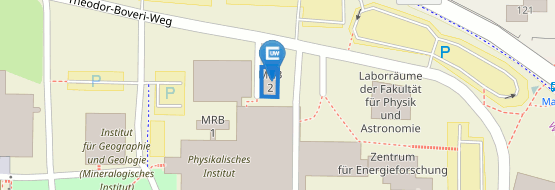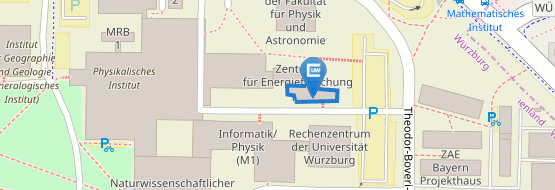Dr. Thorsten Feichtner
Dr. Thorsten Feichtner
Member Nano-Optics and Bio-Photonics group
University of Würzburg
Am Hubland

Plasmonics, the science of coupled states of light and charge density waves, is nowadays a very broad field of research. Plasmons, when electromagnetic fields couple to the free electrons of a metal, confine light to small volumes near the metals surface. This allows to enhance many other physical effects that emerge from the interaction of strongly focused electromagnetic fields with matter, e.g. imaging, Raman-spectroscopy or Faraday rotation. However, these effects are strongest, when a metallic nano particle is a resonator is optimized for the desired task. How to design these nano-optical devices is at the heart of my own research.
I’m interested in the fundamental working principles of plasmonic resonators. I strove the last years toward an understanding of how the mode currents of a plasmonic resonance impact its functionality. I framed a three-dimensional double mode-matching formalism and managed by this to optimize an optical antenna to efficiently transduce the energy stored in a single emitter to far-field radiation.
My recent research goal is to expand this method to understand and optimize the chiral and/or non-linear response of plasmonic nano-structures. Both topics have a bright future in sensing applications and I strive to develop fundamental design rules for optimal devices. At the moment I perform a MSCA research project called “PoSHGOAT”* to understand and control second harmonic generation (SHG) in plasmonic nano structures at the Politecnico di Milano.
This fits also to a second research branch, where I try to learn as much as possible about the interplay of voltages applied to plasmonic nano-structures and their resonant behavior as well as to their surface chemistry. The VW Foundation is funding the project “PeCo”**, which hopefully will open up routes to use plasmonic nano resonators for energy conversion.
The methods I use to achieve my goals contain analytical calculations based on numerical results acquired by Finite-Difference-Time-Domain Simulations which are often driven by optimization methods like evolutionary algorithms or particle swarm optimization. Finally I use SPM and confocal microscopy to characterize the optimized geometries, which I fabricate by means of focused ion beam milling from monocrystalline gold flakes.
* Potential-dependent Second-Harmonic Generation in Optical Antennas measured Time-resolved
** Plasmo-electric Converter






